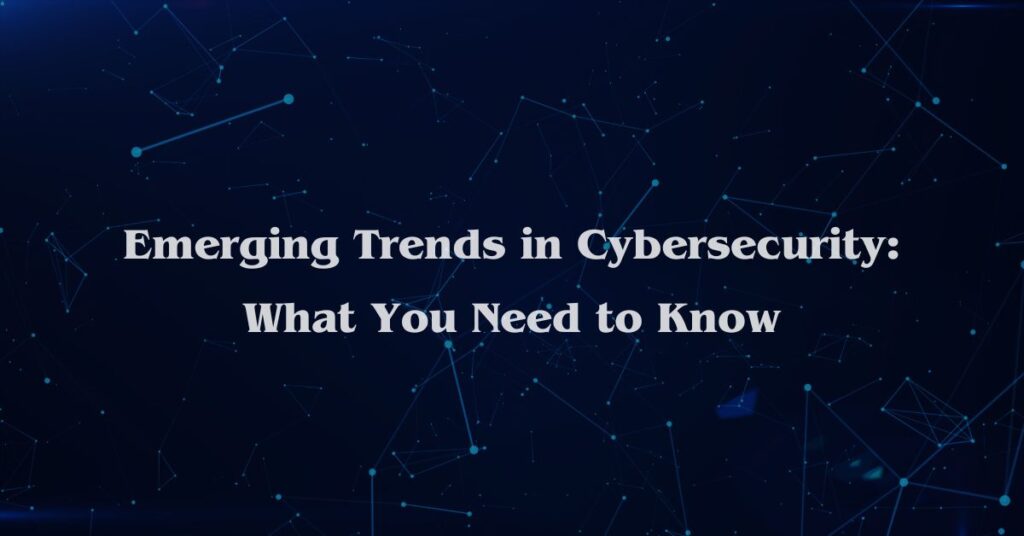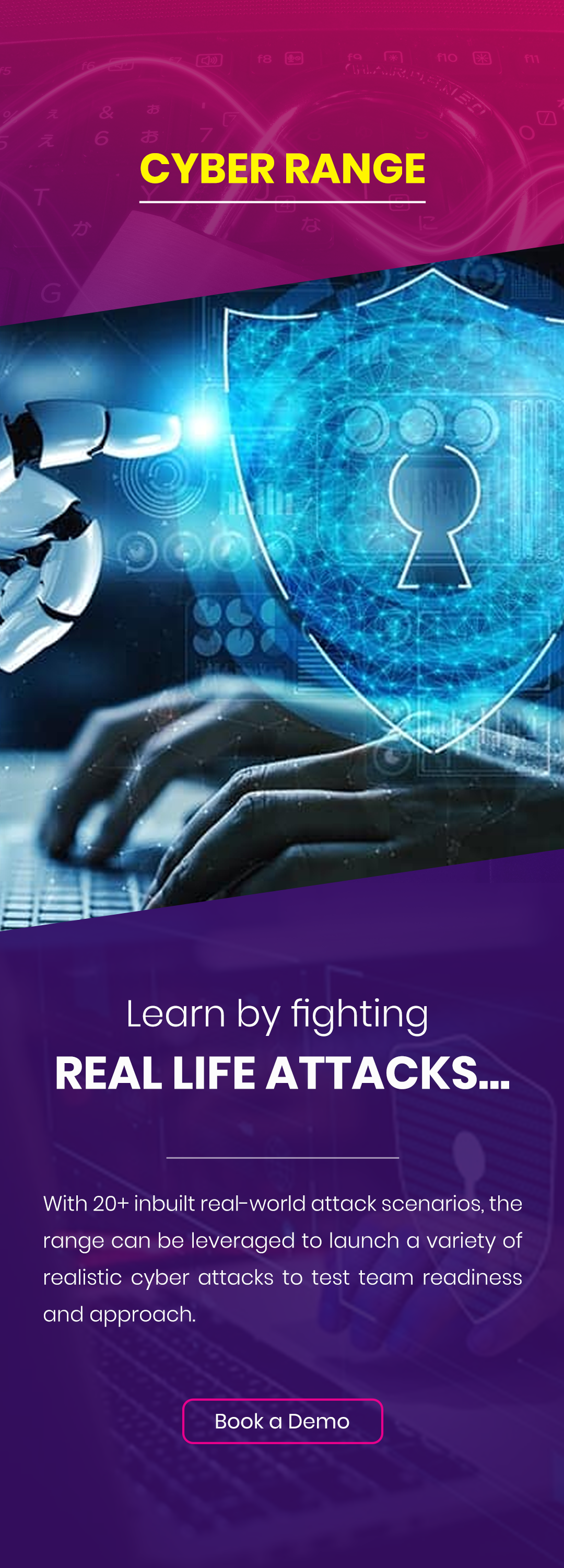
Introduction
In today’s digital age, cybersecurity is more critical than ever. As technology advances, so do the tactics of cybercriminals. Staying updated on the latest trends in cybersecurity is essential for protecting your data and systems. This blog will explore the most current and significant trends in cybersecurity that you need to be aware of.
1. Zero Trust Security
- Concept: Zero Trust is a security framework that assumes no implicit trust in any user or system, regardless of whether they are inside or outside the network perimeter.
- Implementation: Continuous verification, micro-segmentation, and least-privilege access.
- Benefits: Enhanced security by limiting access to sensitive data and systems.
2. Artificial Intelligence and Machine Learning
- Role: AI and ML are being used to detect anomalies, predict potential threats, and automate responses to security incidents.
- Applications: Advanced threat detection, behavioral analysis, and automated security operations.
- Impact: Faster identification and mitigation of threats, reducing the time and effort required for human intervention.
3. Ransomware Evolution
- Trend: Ransomware attacks are becoming more sophisticated and targeted.
- Tactics: Double extortion, where attackers not only encrypt data but also threaten to release it publicly.
- Prevention: Regular backups, robust endpoint protection, and employee training on phishing attacks.
4. Cloud Security
- Growth: With the increasing adoption of cloud services, securing cloud environments is a top priority.
- Challenges: Misconfigurations, data breaches, and compliance with regulations.
- Solutions: Cloud security posture management (CSPM), encryption, and access control.
5. Internet of Things (IoT) Security
- Expansion: The proliferation of IoT devices has introduced new security vulnerabilities.
- Risks: Insecure devices can be entry points for attackers to infiltrate networks.
- Mitigation: Strong authentication, regular firmware updates, and network segmentation.
6. Cybersecurity Skills Gap
- Issue: There is a growing demand for skilled cybersecurity professionals.
- Statistics: Millions of unfilled cybersecurity positions globally.
- Response: Upskilling through certifications, cybersecurity training programs, and academic partnerships.
7. Privacy Regulations
- Development: New privacy laws and regulations are being enacted worldwide.
- Examples: General Data Protection Regulation (GDPR), California Consumer Privacy Act (CCPA).
- Compliance: Organizations must ensure they adhere to these regulations to avoid penalties.
8. Threat Intelligence Sharing
- Importance: Collaborative efforts in threat intelligence can enhance security defenses.
- Platforms: Information sharing and analysis centers (ISACs), threat intelligence platforms (TIPs).
- Benefits: Early warning of potential threats and collective defense strategies.
Enroll in Comprehensive Cybersecurity Training
Stay ahead of the curve with our comprehensive cybersecurity training programs at PurpleSynapz. Equip yourself with the knowledge and skills to tackle the latest cyber threats. Enroll today and secure your future in cybersecurity!
Conclusion The cybersecurity landscape is constantly evolving, with new threats and technologies emerging regularly. Staying informed about these trends is crucial for developing effective security strategies. By adopting a proactive approach and leveraging the latest advancements, organizations can better protect themselves against cyber threats.
Views: 606





